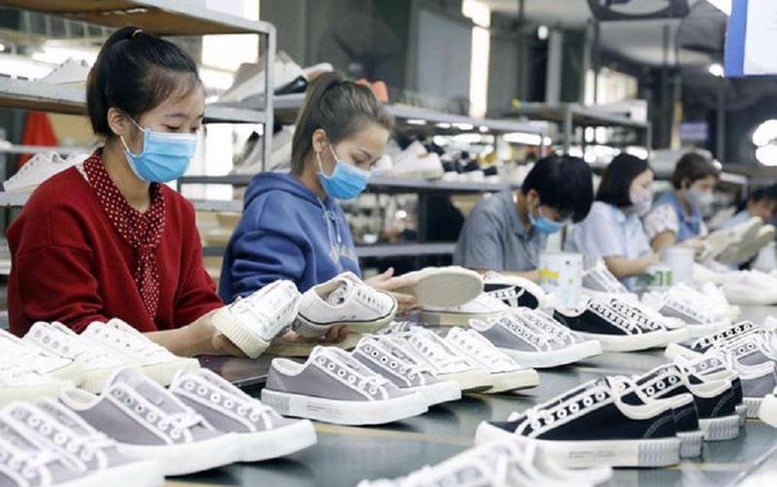
The leather and footwear industry is currently facing many major challenges in the context of global economic instability - Illustrative photo
Ms. Phan Thi Thanh Xuan, Vice President and General Secretary of the Vietnam Leather, Footwear and Handbag Association, said that the leather and footwear industry is currently facing many major challenges in the context of global economic instability, increased risks from US tariff measures, as well as significant dependence on imported raw materials.
In addition, rising labor costs, especially non-tariff barriers, especially strict standards related to green production, circularity, and CO₂ emission reduction applied by the European Union, are posing urgent requirements for the industry to adjust production processes towards sustainability. In addition, supply chains and logistics operations still have many potential risks, affecting the ability to fulfill orders and trade progress.
Faced with the challenges, Ms. Phan Thi Thanh Xuan proposed many solutions to effectively promote trade promotion activities. The focus is on increasing support for businesses in market research and building export databases to better connect with international customers. At the same time, it is necessary to improve the quality of human resources, especially in the fields of marketing and product design, through cooperation with international experts.
International trade promotion activities also need to be promoted in Vietnam through fairs, exhibitions, conferences and trade delegations. In addition, the digital transformation trend needs to be fully utilized by applying technology such as online fairs, e-commerce platforms, AI, Big Data and blockchain to increase accuracy and efficiency in market access.
In addition, Ms. Xuan emphasized attracting investment, especially from abroad, in the production and distribution of raw materials, to form domestic supply centers and develop a sustainable supply chain for the leather and footwear industry.
Mr. Truong Van Cam, Vice President of the Vietnam Textile and Apparel Association (Vitas), said that the United States is currently Vietnam's largest textile and garment export market, accounting for more than one-third of total turnover in 2024. Meanwhile, the European market is increasingly tightening standards related to sustainable development, forcing businesses to face fierce competitive pressure from strong rivals such as China, India, Bangladesh or Indonesia. More worryingly, investment capital flows into key but still lacking stages such as weaving and dyeing, which play a decisive role in meeting the rules of origin of FTAs, also tend to decrease.
In the face of difficulties, many businesses have proactively planned investments and joint ventures in the textile sector to gradually become self-sufficient in raw materials and ensure transparency in the supply chain - a prerequisite for deep penetration into the US market and other high-end markets. Along with that are efforts to restructure, improve technology, and promote e-commerce applications to optimize production and operating costs. In addition, businesses are also actively seeking new markets to reduce dependence on the main market.
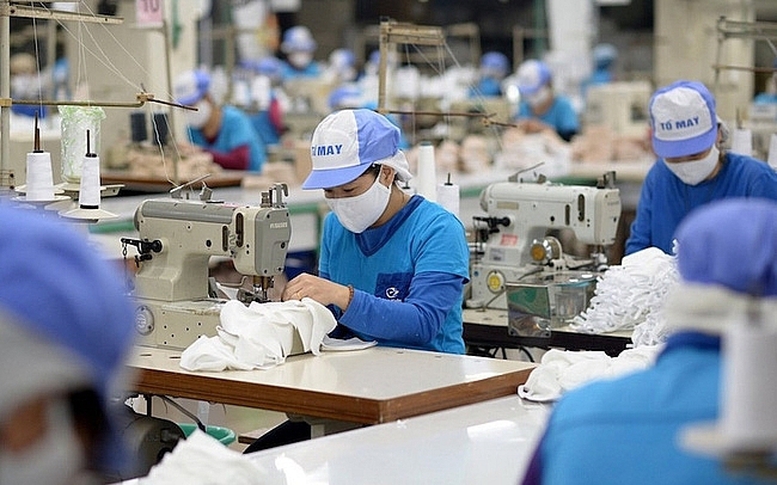
Despite difficulties, many businesses have proactively planned investments and joint ventures in the textile sector to gradually become self-sufficient in raw materials and ensure transparency in the supply chain - Illustrative photo
Taking advantage of FTAs, overcoming barriers
From a state management perspective, Mr. Ngo Chung Khanh, Deputy Director of the Multilateral Trade Policy Department, emphasized that there are five major issues that need special attention when it comes to the textile and footwear industry in the context of integration and taking advantage of FTAs.
First is the issue of raw materials. Currently, the criteria of origin are no longer as simple as before. Therefore, businesses need to have a strategy to balance short-term and long-term benefits. Investing tens of millions of USD or cooperating with foreign investors to attract factories and supply chains of raw materials to Vietnam is an option that needs to be considered. Because if we are not proactive in the supply source, we will face many difficulties in meeting the rules of origin when approaching traditional markets - markets that were previously quite lenient on raw materials.
Second is orders. Orders in the footwear and textile industry fluctuate over time, but analysis shows that Vietnam is still too dependent on a single market. The difference in proportion between this market and the second largest market is too large, reducing the ability to take full advantage of FTAs. The reason is not because businesses lack capacity, but because they are too accustomed to the available favorable conditions. However, in difficult circumstances, businesses can completely step out of their comfort zone to find unimagined opportunities.
Third, the problem of taking advantage of FTAs is still slow. Vietnam's competitive advantages in terms of tax compared to competitors such as Thailand, Malaysia, Indonesia... in the EU, UK, Canada, Mexico are narrowing. The reason is that these markets are also trying to diversify trade relations. Previously, negotiating FTAs with Malaysia, Thailand or Indonesia was very difficult, but now it only takes about a year to complete. That means if we do not take advantage of incentives early, the advantage will gradually disappear.
Fourth is the credit and capital support policy. This is an essential issue but has not been synchronized and effective in all localities.
Fifth is brand building. The strategy of the textile, garment and footwear industry aims to have regional brands by 2030, with a vision to 2035. To do so, it is necessary to invest systematically in recognition, quality, value chain and international promotion.
From the above 5 issues, Mr. Ngo Chung Khanh said that the Ministry of Industry and Trade is focusing on 3 pillars to resolve them.
The first pillar is that the Government has established the FTA Information Team - a "one-stop" mechanism that provides comprehensive information on free trade agreements, including commitments, guidelines, market analysis, data... However, to operate effectively, this information portal needs close cooperation from industry associations, localities and relevant ministries and branches.
Next is the support mechanism, the Ministry of Industry and Trade has submitted and the Government has agreed to implement the index to evaluate the effectiveness of FTA implementation in localities. The ranking of provinces and cities is not only to promote the drastic participation of local authorities, but also to create motivation for central policies to be implemented more practically. In fact, with the same policy, the more proactive the locality is, the more effective and timely the support for businesses will be.
A fundamental and long-term solution is to build an ecosystem consisting of two components: One is an inter-sectoral working group with the participation of representatives of ministries, branches and local authorities. The other is the business component, operating according to the market model, playing the role of connecting the entire chain: from farmers, purchasing, processing, production, to credit enterprises, logistics, localities and ministries.
In particular, this ecosystem also connects with Vietnamese trade offices abroad to directly connect with importers and distributors. When talking with international partners, they expressed their welcome to this model. Because a system of close links between the inside and outside will create a comprehensive value chain, support each other, complement strengths, overcome weaknesses, thereby effectively exploiting FTAs.
Adding value: The key to maintaining market share for Vietnamese textiles, footwear and leather
Although textile, garment and footwear exports to Canada have increased sharply thanks to the CPTPP, the industry is facing increasing challenges as competitors such as Bangladesh, Cambodia and Indonesia increase their presence. Vietnam risks losing its advantage if it does not promptly change its growth model.
According to Ms. Tran Thu Quynh, Vietnam Trade Counselor in Canada, Vietnamese enterprises need to quickly overcome the outsourcing mindset and move towards mastering design, branding and the supply chain of raw materials. This is a key solution to effectively take advantage of tariff incentives from free trade agreements such as CPTPP.
Along with that, businesses need to proactively approach the market through fairs, connection programs, especially building direct relationships with foreign retail systems. Reliance on processing orders makes the industry vulnerable to fluctuations and difficult to create a sustainable position.
In the long term, the textile, garment and footwear industries need to prioritize investment in design, national brands, logistics and domestic raw materials. At the same time, they need to proactively participate more deeply in the global value chain to improve competitiveness and maintain market share in developed markets such as Canada, which has high requirements for quality, social responsibility and supply chain transparency.
Anh Tho
Source: https://baochinhphu.vn/tan-dung-cac-fta-de-mo-rong-thi-truong-xuat-khau-cho-det-may-da-giay-102250530152526103.htm






![[Photo] Opening of the 14th Conference of the 13th Party Central Committee](https://vphoto.vietnam.vn/thumb/1200x675/vietnam/resource/IMAGE/2025/11/05/1762310995216_a5-bnd-5742-5255-jpg.webp)




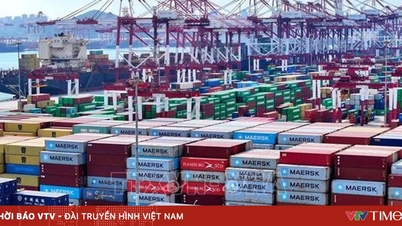




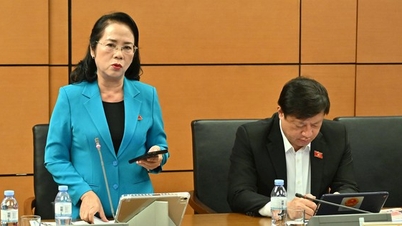





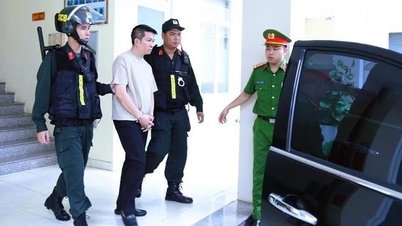
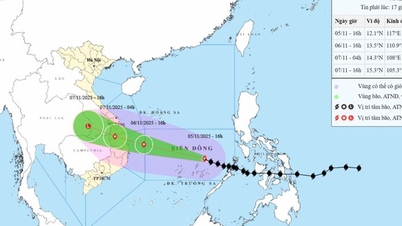




![[Photo] Panorama of the Patriotic Emulation Congress of Nhan Dan Newspaper for the period 2025-2030](https://vphoto.vietnam.vn/thumb/1200x675/vietnam/resource/IMAGE/2025/11/04/1762252775462_ndo_br_dhthiduayeuncbaond-6125-jpg.webp)

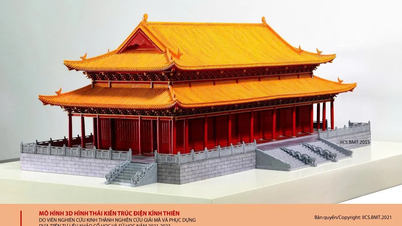





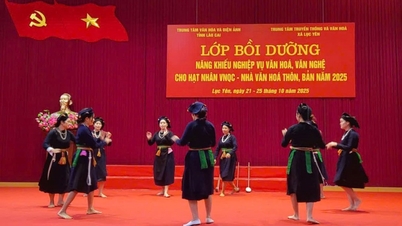


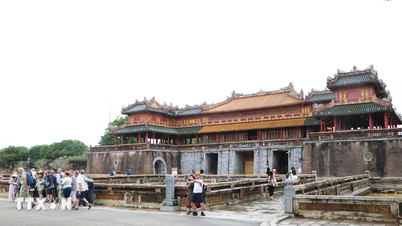





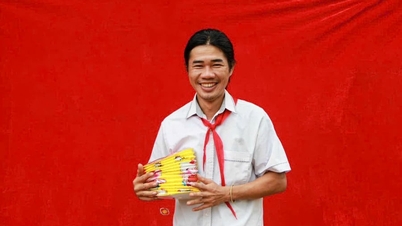

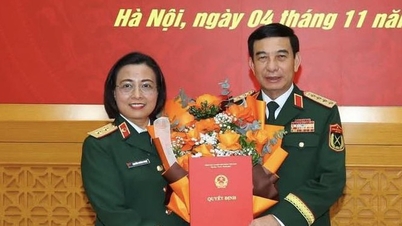

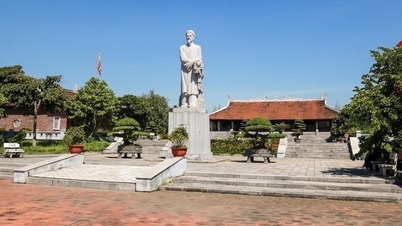

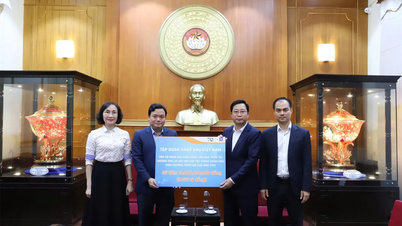








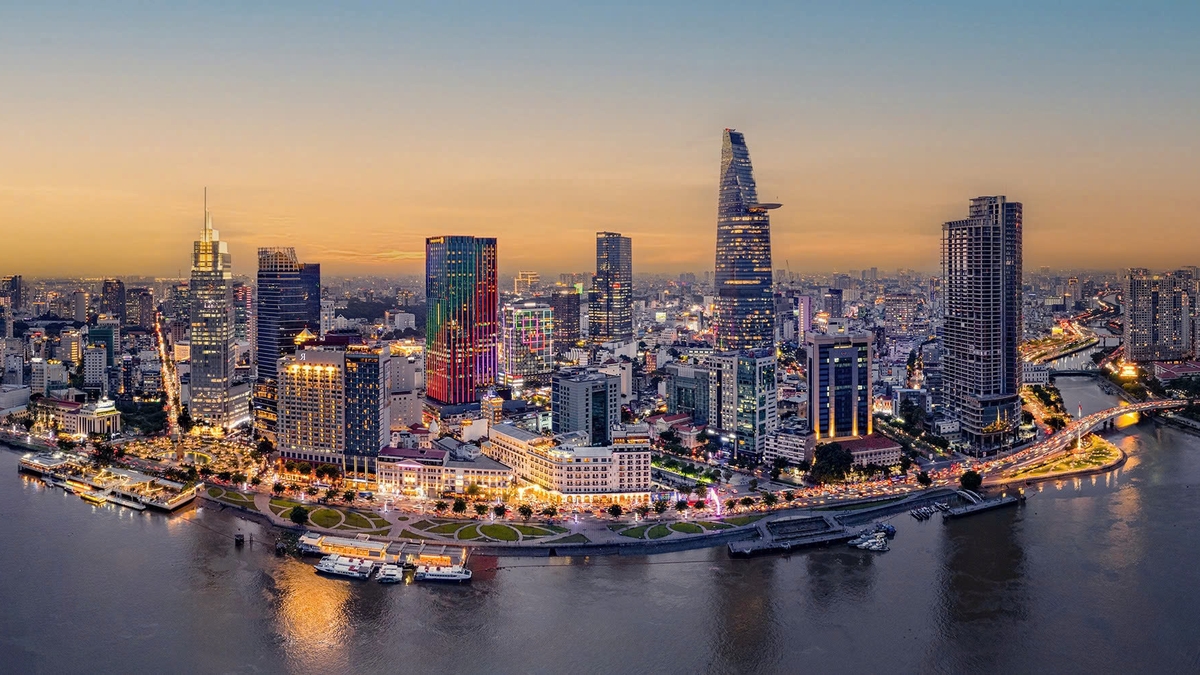
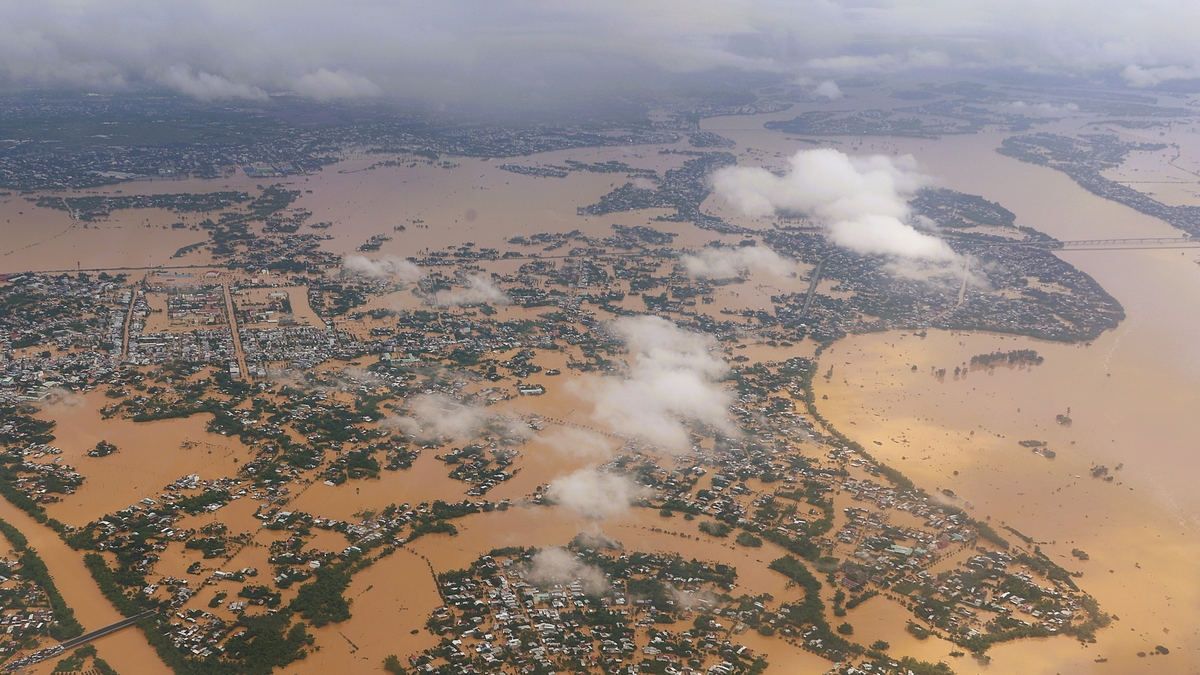
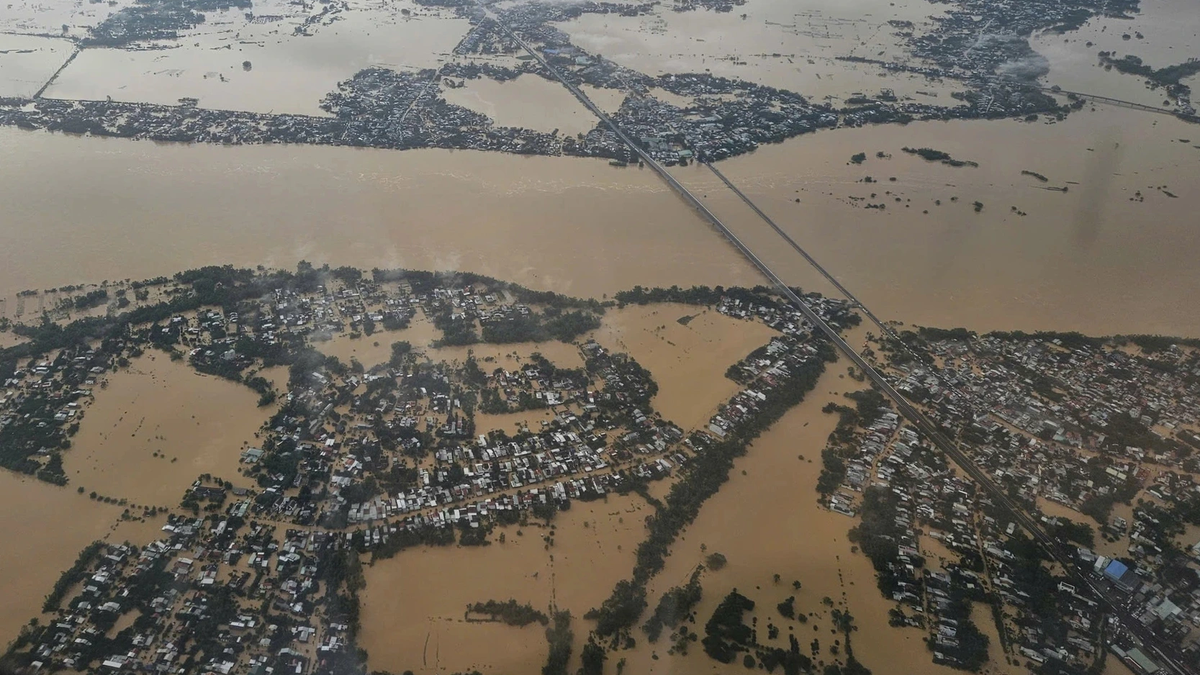

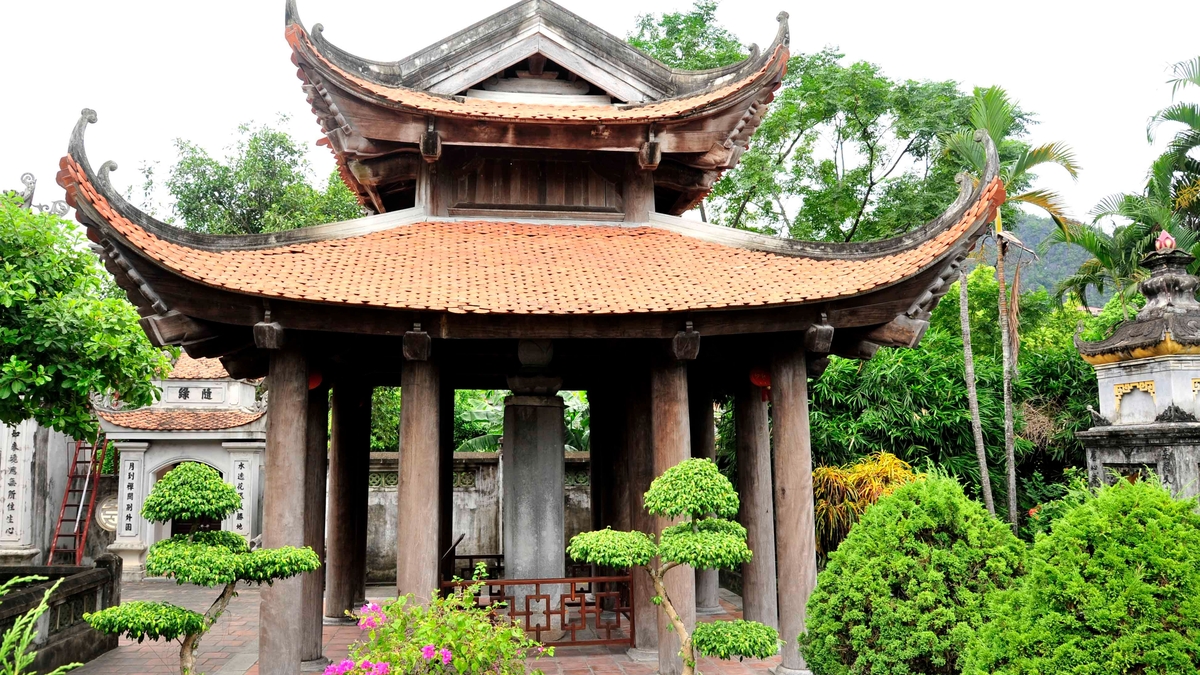
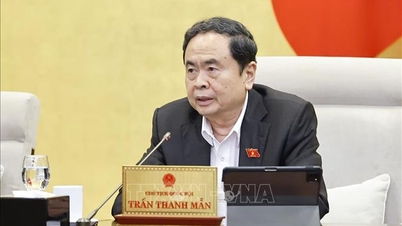
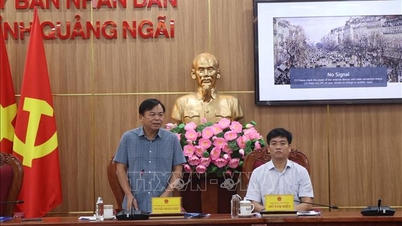
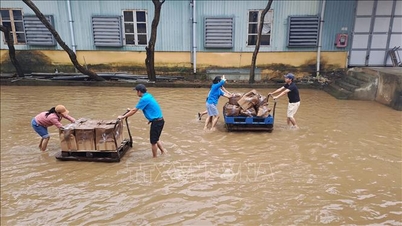




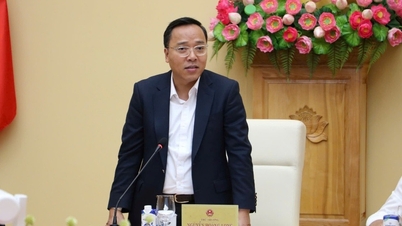

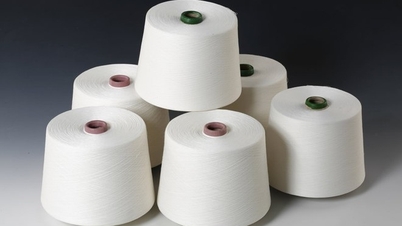
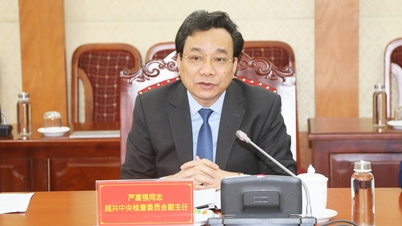






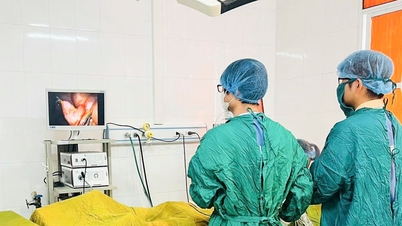



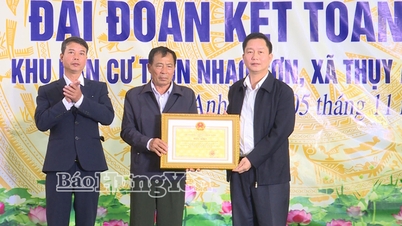















Comment (0)